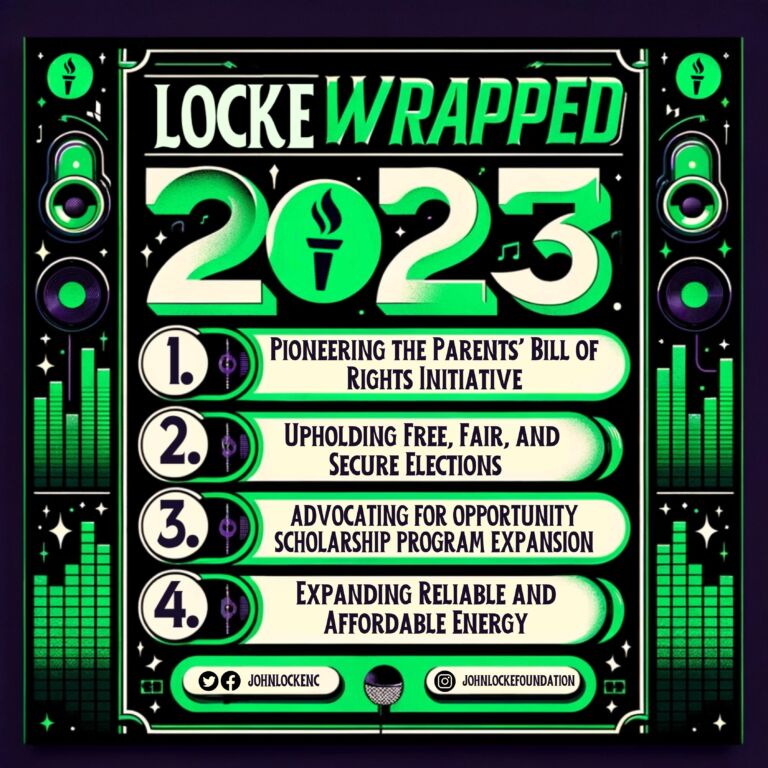Mark Hemingway argues in a Federalist column that the greatest threat to press freedom emerges from the media itself.
While the outrage over the Covington high school kids in MAGA hats may have blown over online, the story is far from over. On February 1, an attorney retained by the family of Nicholas Sandmann, the 16-year-old who allegedly “smirked” at the Native American activist banging a drum in his face, released a video that succinctly explained the broader context of what happened. Suffice to say, the video is a damning indictment of how many media outlets and personalities led a social media-fueled outrage mob and wrongly rushed to smear Sandmann and his fellow students.
On Monday, Sandmann’s legal team told the Cincinnati Enquirer that more than 50 letters had been sent to various organizations and people that are likely to precede defamation and libel lawsuits. A host of elite media outlets received some of these letters, including The New York Times, Washington Post, CNN, The Atlantic, TMZ, National Public Radio, The Guardian, and Conde Nast. A number of prominent reporters also received letters individually, such as Maggie Haberman, Chuck Todd, Savannah Guthrie, Erin Burnett, David Brooks, and Andrea Mitchell, among others.
Media organizations and reporters have traditionally been given extremely wide latitude by courts in the name of protecting free speech, so at first glance it may seem absurd to sue America’s biggest media organizations en masse for defamation and libel. But for those who have been paying attention, for decades now, courts have been trying to balance privacy concerns with rapidly evolving technology that allows for dissemination of information at a rate that far outpaces editorial judgment. Far from endorsing a maximalist vision of what journalists are allowed to get away with, relevant court decisions have trended toward winnowing the definition of what journalists are allowed to print.
Further, the people wronged by the media in the Covington case were not public figures who have to clear a high legal bar of proving actual malice. They were, in fact, children. Further, a majority of the public distrusts the media — and that distrust didn’t start in 2016, despite the media trying to define this distrust as a wholly Trump-related phenomenon.


